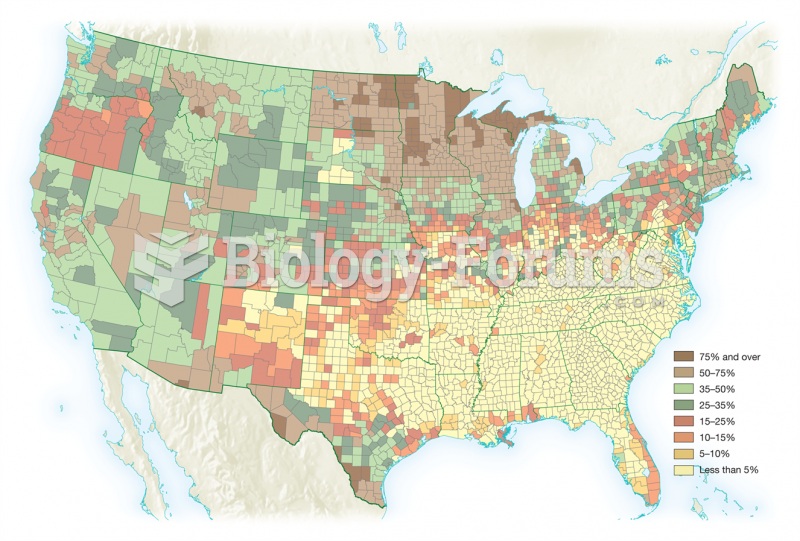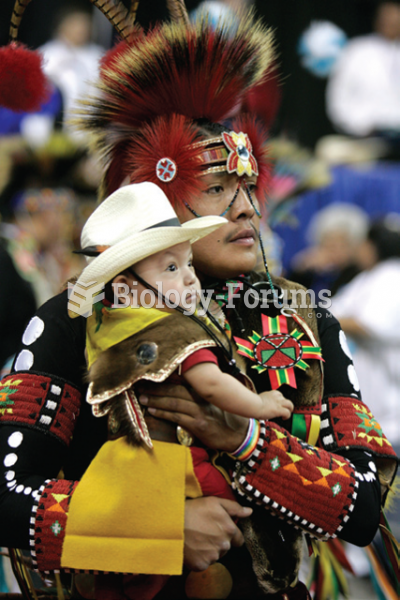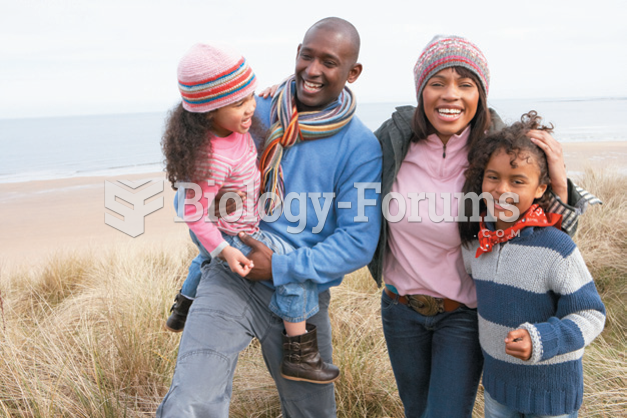This topic contains a solution. Click here to go to the answer
|
|
|
Did you know?
Side effects from substance abuse include nausea, dehydration, reduced productivitiy, and dependence. Though these effects usually worsen over time, the constant need for the substance often overcomes rational thinking.
Did you know?
Of the estimated 2 million heroin users in the United States, 600,000–800,000 are considered hardcore addicts. Heroin addiction is considered to be one of the hardest addictions to recover from.
Did you know?
The average office desk has 400 times more bacteria on it than a toilet.
Did you know?
The U.S. Pharmacopeia Medication Errors Reporting Program states that approximately 50% of all medication errors involve insulin.
Did you know?
Medication errors are three times higher among children and infants than with adults.
 Percentage of Foreign-Born Whites and Native Whites of Foreign or Mixed Parentage in Total Populatio
Percentage of Foreign-Born Whites and Native Whites of Foreign or Mixed Parentage in Total Populatio
 Many Native Americans have maintained continuous identity with their tribal roots. You can see the ...
Many Native Americans have maintained continuous identity with their tribal roots. You can see the ...




